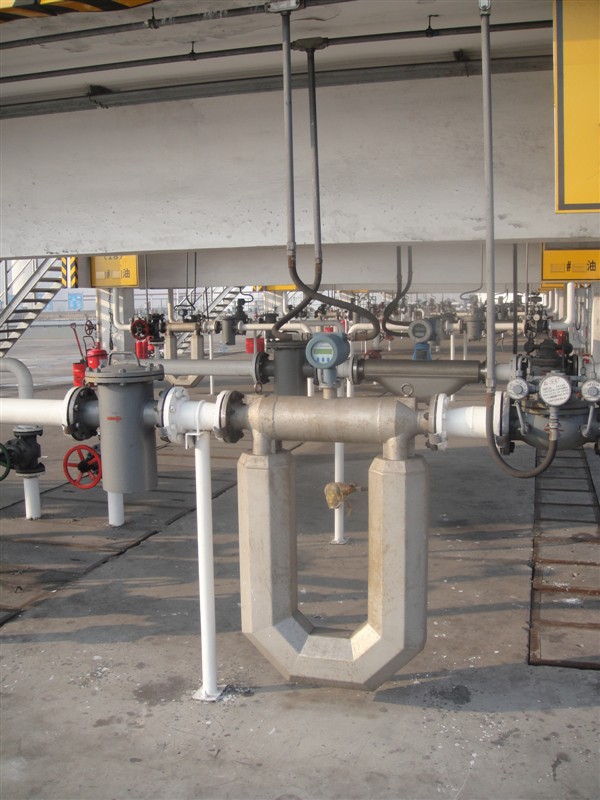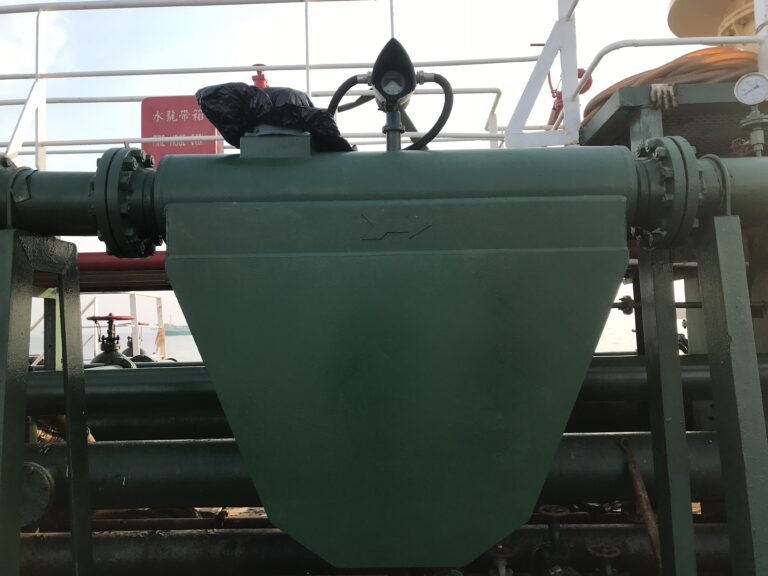The anti-explosion protection class II 2G Exdb IIB/IIC T* Gb, ATEX indicates that the flowmeter is suitable for use in areas where there is a risk of explosion due to gases (Zone 1, for example).
This classification means the device is designed to prevent ignition of surrounding explosive atmospheres and is constructed to a high standard of explosion protection.
However, whether you need to use a barrier between the PLC (Programmable Logic Controller) and the transmitter depends on several factors:

1. Intrinsically Safe Circuits: If the flowmeter and associated wiring are part of an intrinsically safe circuit, an intrinsic safety (IS) barrier or galvanic isolator is required. Intrinsic safety barriers limit the energy (voltage and current) supplied to the hazardous area, ensuring that even in the event of a fault, there is insufficient energy to ignite an explosive atmosphere.
2. Area Classification: The classification of the area where the PLC is located matters. If the PLC is in a non-hazardous (safe) area and the flowmeter is in a hazardous area, isolation might still be necessary to prevent transferring faults from the safe area to the hazardous area.
3. Equipment Certification: Both the PLC and the flowmeter must be certified for use in the specified hazardous area. If the PLC is not certified for use in hazardous areas, barriers or isolators will be required.
4. Type of Explosion Protection: The “Exdb” part of the classification indicates flameproof enclosures, which are designed to contain an explosion and prevent the transmission of sufficient energy to ignite a potentially explosive atmosphere. This protection does not inherently ensure that the electrical signals between devices are safe without barriers.

Conclusion
In summary, if your application involves intrinsically safe circuits, then using barriers or isolators between the PLC and the transmitter is necessary. If the circuits are not intrinsically safe but other types of protection methods (e.g., Ex d flameproof enclosures) are used, you need to ensure the installation complies with all relevant safety standards and that proper isolation is maintained to prevent any fault conditions from propagating.

Recommendations
- Consult the Manufacturer’s Guidelines: Always refer to the flowmeter and PLC manufacturer’s documentation for specific recommendations and requirements regarding installation in hazardous areas.
- Risk Assessment: Conduct a risk assessment to determine the necessity of additional protective measures such as barriers.
- Compliance with Standards: Ensure compliance with relevant standards (e.g., IEC/EN 60079 series for explosive atmospheres) and local regulations.
This approach will help ensure the safety and integrity of your system in hazardous environments.
